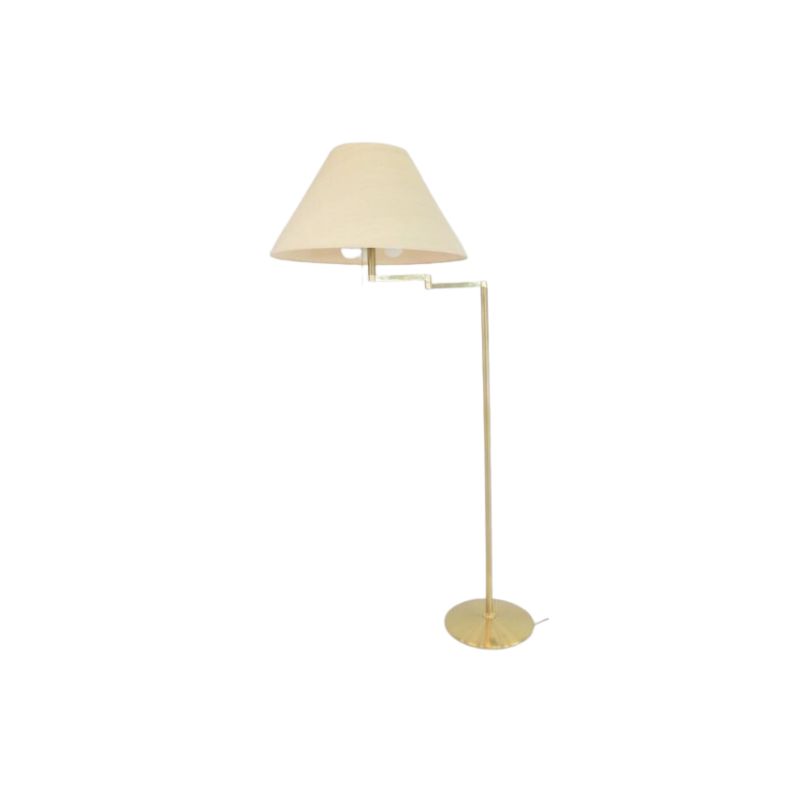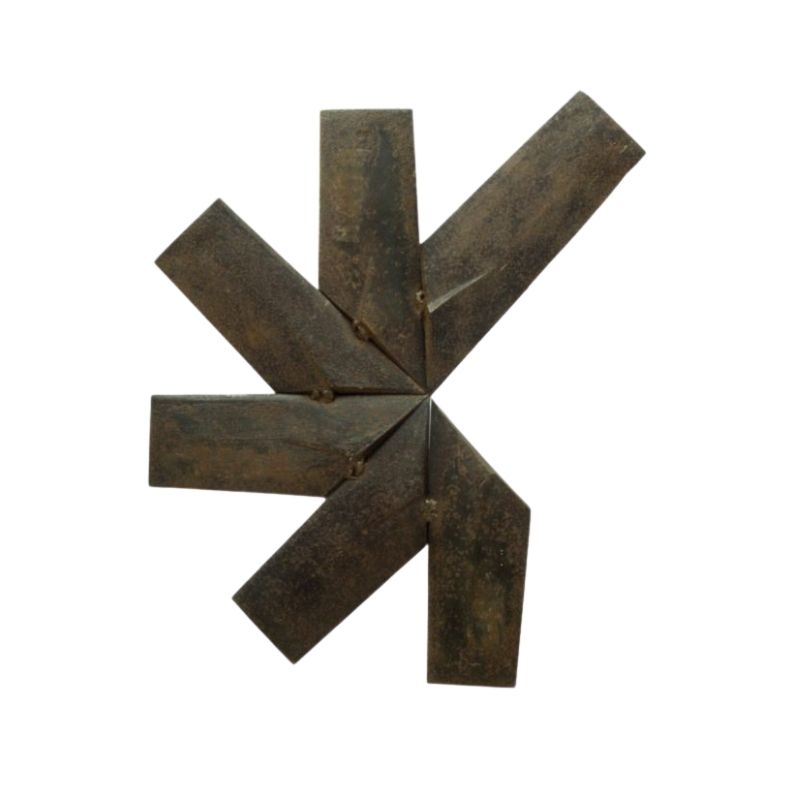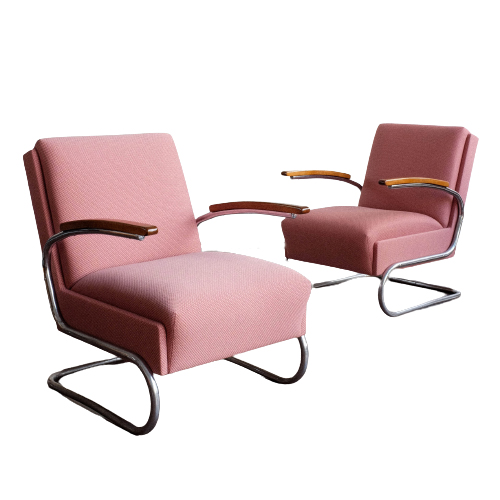I know what this piece of furniture is. Can you guess?
If you get it right, drinks are on me.
And, in case you are wondering, this piece is marked, with manufacturer, designer, and even retailer, unlike every other specimen on the internet.
Ah, and it isn't some designer you've never heard of. It isn't as big a name a Hans Wegner, obviously, but the designers works are known on the internet.
 <img class="wpforo-defa
<img class="wpforo-defa
I pondered those, too, SDR.
And I can't get it down to fewer than five individual machine-shaping operations plus hand work for each drawer. Of course, they would have run probably hundreds of feet of the basic moulding at a whack, but still that was before CNC routers. It helps to explain why this type of production furniture was pricey even in its day.
Right. Imagine
having to produce the finished length of handle stock, with radiused ends, at a precise length, so that it will fit the routed socket in the drawer front -- time after time. Too big, it doesn't fit; too short, it leaves a noticeable gap which would be impossible to fill invisibly, as both parts are short grain at the radius . . .
As I like to say, "So easy to draw, so difficult to make . . ." In my design work I try to give an easier time to the constructor -- often, me !
pattern machines....
tktoo - Yes, this was way before CNC and NC machining. However, pattern machines (both lathes and mills) have been around for well over a century. Duesenberg used pattern machines to machine cast aluminum firewalls in their cars in the 1920s, Rolls Royce used pattern machines to manufacture turbine blades in the 1940s, and Louisville slugger used pattern machines to manufacture ash baseball bats since probably the 1880s.
It would therefore not surprise me if a pattern machine were used to manufacture these drawer pulls. While these chests are gorgeous in their own right, I am not sure these drawer pulls warrant the same level of oogling as, say drawer pulls on a desk by Art Carpenter.
Economy of scale and repeatability.
At the risk of hijacking the thread and for the sake of argument, I suppose simple machines have been in use since any craftsman was tasked with making more than two of a given item at a time.
In the case of our example, accurate repeatability within 1/64" tolerances are easily achieved with basic jigs and fixtures commonly found in any mid-sized cabinet shop specializing in limited production. I may be mistaken, of course, but photos I've seen of shops producing this type of furniture in Denmark at the time reveal relatively low-tech environments with few dedicated machines. The emphasis instead, it seems, was on the skill and ingenuity of the craftsmen and the quality of the original designs.
And I'm not sure that Art Carpenter's work is a fair comparison. He apparently did do commissioned runs of chairs for instance, but I'd want to categorize his output as either custom or one-of-a-kind.
Oh, and Leif, nice-looking chest you've got there. No matter who is responsible.
I am enjoying reading the...
I am enjoying reading the discussion of how the handles were created. It is my favorite part of the chest.
And drinks are on me! You all guess it:
Svend Aage Madsen for Møbelfabrikken Falster model 7505
edit: if you look close enough, especially in the full res photo you can see the AA in "Aage"
http://https://www.flickr.com/photos/79973393@N02/13999137361/sizes/o/
I knew that Falster made a...
I knew that Falster made a gentleman's chest with those same drawer pulls that is very similar in its general format/scale to the Falster gentleman's chest I have that I believe is by Arne Wahl Iversen. So, I had guessed Iversen as the designer. Nice to know Svend Madsen is the one who did those distinctive pulls.
If you need any help, please contact us at – info@designaddict.com









